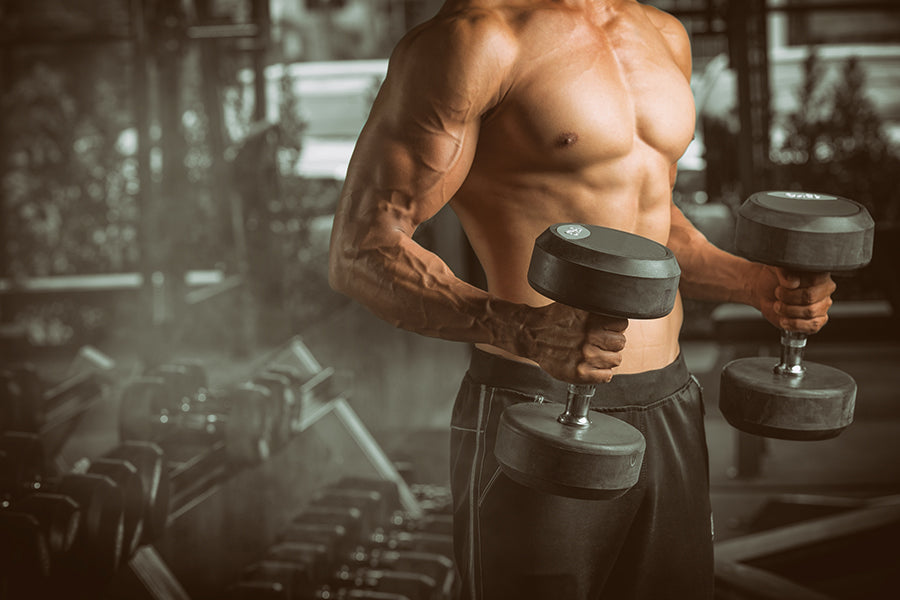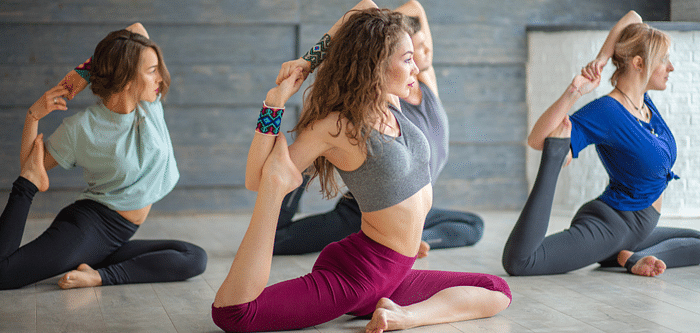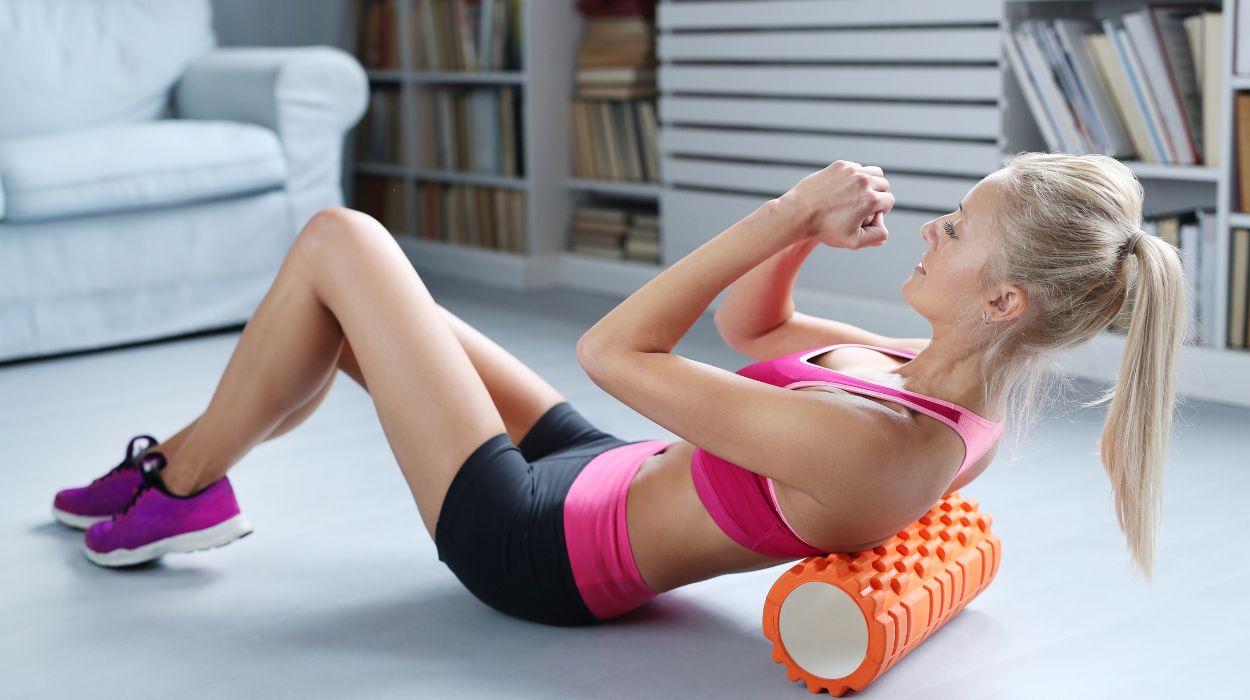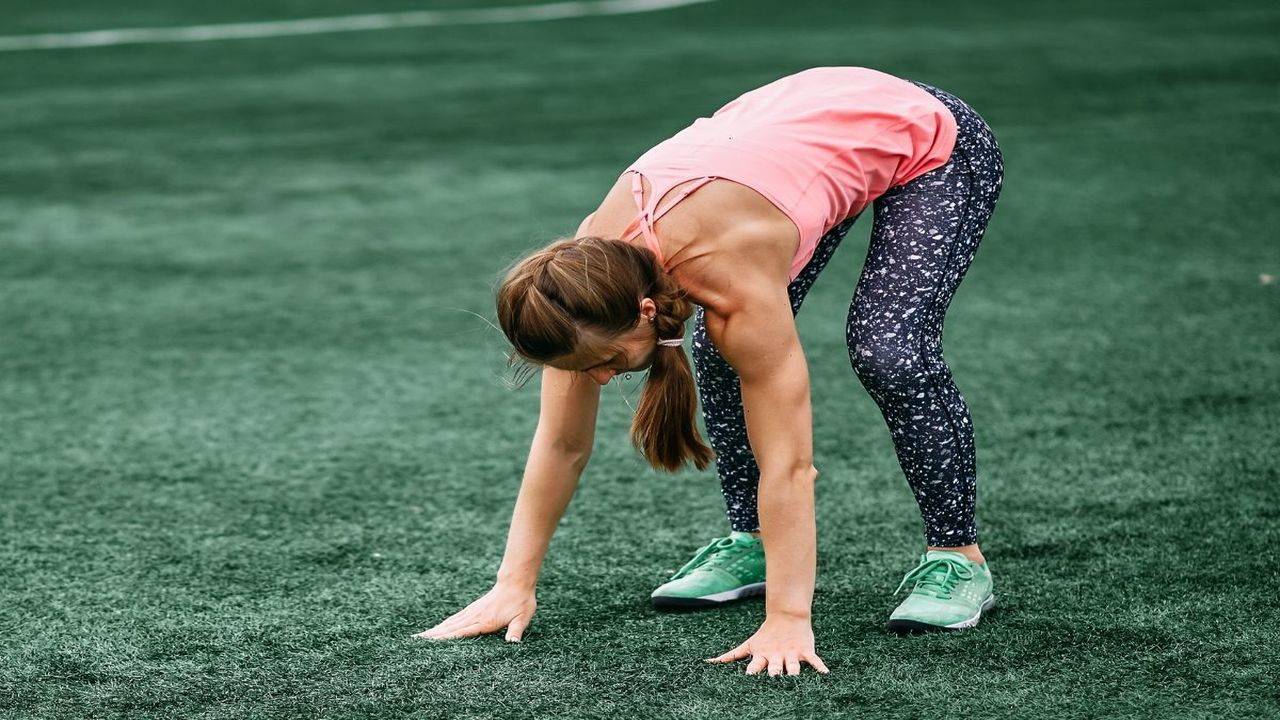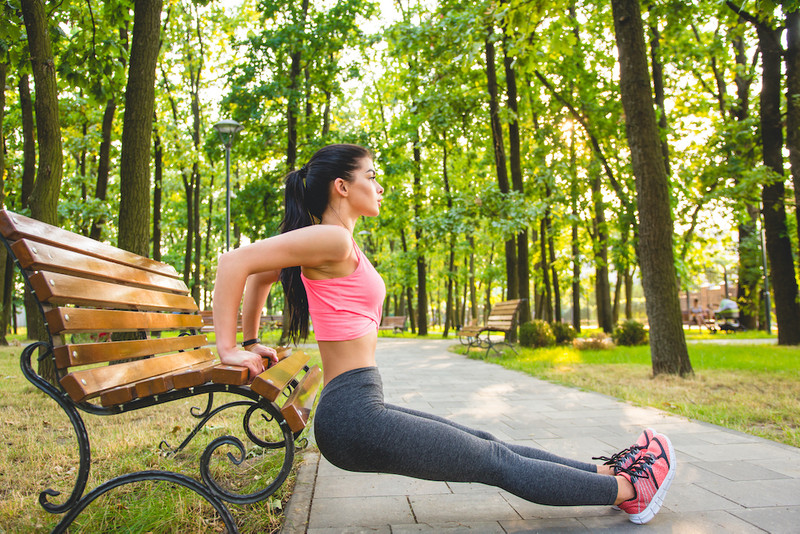Whether you’re a beginner just learning how to train or someone who’s been lifting for years, squats should be a staple in your routine. They build strength, improve athleticism, and make a real difference in your body’s shape and function. But here’s the thing—most people aren’t squatting correctly. And when form breaks down, gains slow down, and injuries start creeping in.
So in this ultimate guide, we’re breaking down exactly how to squat, step by step. No fluff. Just what you need to know to squat with confidence and purpose.
Why the Squat Is King of All Exercises
There’s a reason squats are considered the king of compound movements. They engage nearly every major muscle group in your lower body—glutes, hamstrings, quads, calves—and even hit your core and upper back.
Here’s what a good squat helps you do:
- Build strong, functional legs
- Sculpt firm glutes
- Improve balance and coordination
- Boost core stability
- Burn more calories thanks to full-body activation
In short, if you’re looking to get strong, lean, or athletic, squats are non-negotiable.
How to Set Up for a Squat
Before you even lower into that first rep, you need a solid setup. A proper setup sets the tone for a safe and effective squat.
Step 1: Find Your Stance
Your stance should feel natural, not forced. Start with your feet shoulder-width apart and toes pointed slightly out (about 15–30 degrees). Taller people may need a wider stance.
Step 2: Brace Your Core
Take a deep breath into your belly (not your chest), tighten your core, and squeeze your glutes slightly. Think of bracing like you’re preparing to take a punch.
Step 3: Position the Bar (if you’re squatting with weight)
For back squats:
- High-bar position: Bar rests across the top of your traps. More upright torso.
- Low-bar position: Bar sits across the rear delts. More forward lean but more glute/hamstring involvement.
Grip the bar tight, pull your elbows down, and make sure your back is tight.
The Perfect Squat: Step-by-Step Form Guide
Let’s break down each phase of the squat.
1. The Descent (Going Down)
- Begin by pushing your hips back slightly (like you’re sitting on a chair).
- Bend your knees and lower your body while keeping your chest proud and back neutral.
- Keep your weight evenly distributed, but a little more toward your heels.
- Go as low as you can without rounding your back—ideally, your thighs go parallel to the ground or lower.
Pro Tip: Your knees should track over your toes, not collapse inward.
2. The Bottom Position
This is where you pause briefly at the bottom of the movement. You should feel your glutes and hamstrings loaded with tension. Keep your spine neutral and your core tight.
Common Mistake: Don’t let your lower back round (“butt wink”). If it does, shorten your range of motion or work on mobility.
3. The Ascent (Coming Up)
- Push through your heels and mid-foot.
- Drive your knees outward (not in).
- Keep your chest lifted and core braced as you stand.
- Don’t let your hips shoot up faster than your shoulders—rise as one unit.
Finish tall at the top. That’s one clean rep.
Common Squat Mistakes (and How to Fix Them)
Even experienced lifters make mistakes. Here’s what to watch out for:
Knees Caving In
This is a red flag for weak glutes or poor control.
Fix: Strengthen your glutes with banded exercises like monster walks. Focus on cueing “knees out” during the lift.
Heels Lifting Off the Ground
Usually caused by poor ankle mobility or trying to go too deep.
Fix: Work on ankle mobility drills and try squatting with your heels elevated temporarily (with weight plates or lifting shoes).
Rounding the Lower Back
This happens when you go too low for your mobility.
Fix: Stop just before you lose that natural spine curve and work on hip mobility to improve depth over time.
Leaning Too Far Forward
Can be a sign of weak core or quads.
Fix: Strengthen your core with planks, and practice front squats to encourage an upright posture.
Squat Variations You Should Know
Changing squat types can help target different muscles or overcome sticking points.
Bodyweight Squat
Perfect for beginners or warmups. Focus on mastering depth and form.
Goblet Squat
Hold a dumbbell or kettlebell at your chest. Builds strength and reinforces proper posture.
Front Squat
Barbell across the front of your shoulders. More quad and core engagement. Great for posture.
Back Squat
The classic strength-builder. More glute and hamstring involvement with heavier loads.
Bulgarian Split Squat
Unilateral movement to fix imbalances and isolate each leg.
Box Squat
Use a box to learn proper depth and reinforce hip hinge patterns.
How Often Should You Squat?
That depends on your goals and experience level.
- Beginners: 2–3 times per week with bodyweight or light weights
- Intermediate/Advanced: 3–4 times per week, mixing rep ranges and intensity
You can rotate squat types—like back squats on one day and front squats on another—to avoid burnout and keep progressing.
Reps and Sets for Squat Goals
Choose your reps based on your training goals:
| Goal | Sets | Reps | Rest |
|---|---|---|---|
| Strength | 4–6 | 3–6 | 2–3 min |
| Hypertrophy | 3–5 | 8–12 | 60–90 sec |
| Endurance | 2–4 | 12–20 | 30–60 sec |
Mobility Work to Help Your Squat
Good squats require good mobility. Focus on:
- Ankle dorsiflexion (calf stretches, knee-over-toe drills)
- Hip flexibility (hip openers, frog stretches)
- Thoracic spine mobility (cat-cow, T-spine rotations)
Even five minutes of mobility before squatting can drastically improve your form and depth.
Equipment That Can Help
You don’t need gear to squat well, but a few tools can make a difference:
- Lifting shoes: Offer a stable base and help you hit depth
- Weightlifting belt: Supports core for heavy sets
- Knee sleeves: Keep joints warm and stable
- Resistance bands: Great for warmups and glute activation
Final Thoughts: Learn to Love the Squat
Squats aren’t just about building big legs—they’re about building total body strength and resilience. Whether you’re training to look better, perform better, or just move through life pain-free, learning to squat properly is one of the most valuable skills you can build.
It doesn’t matter where you’re starting from. What matters is that you commit to learning, improving, and showing up with good form.
